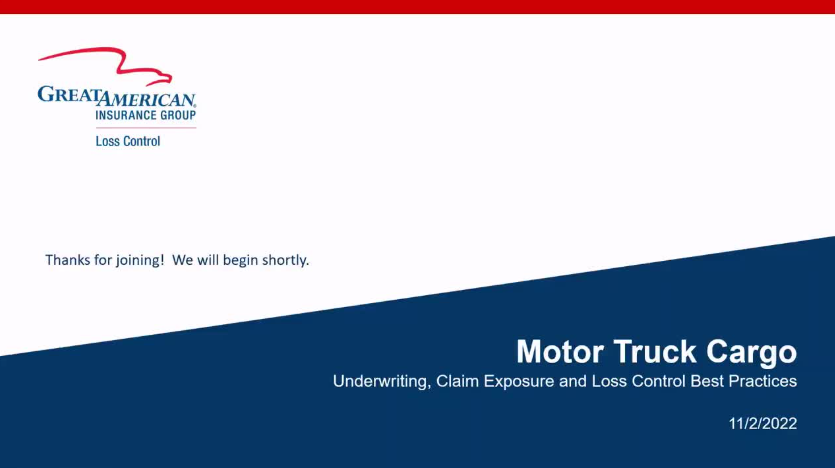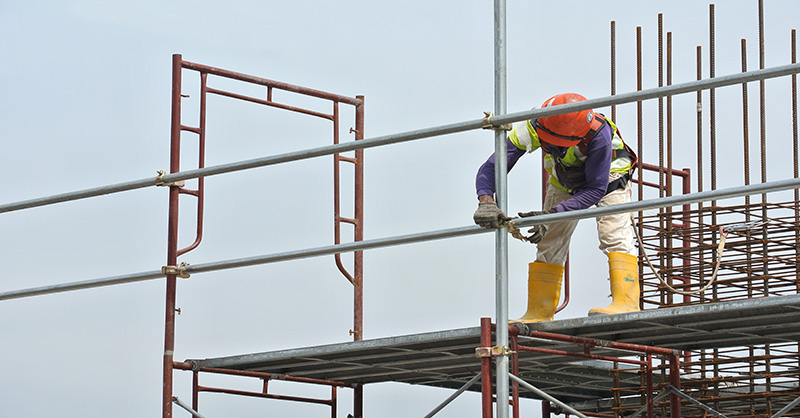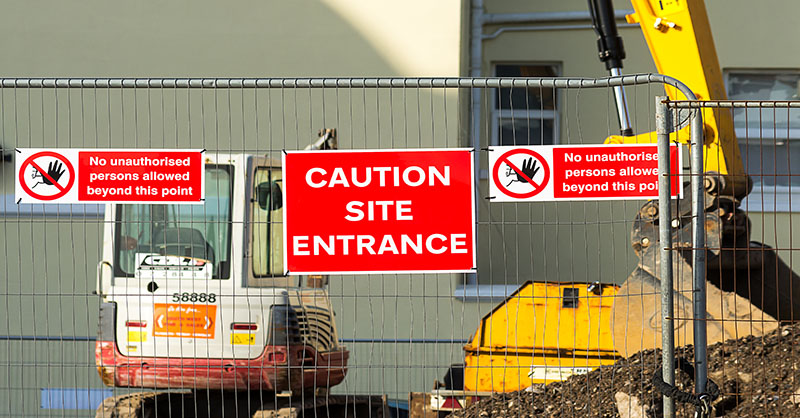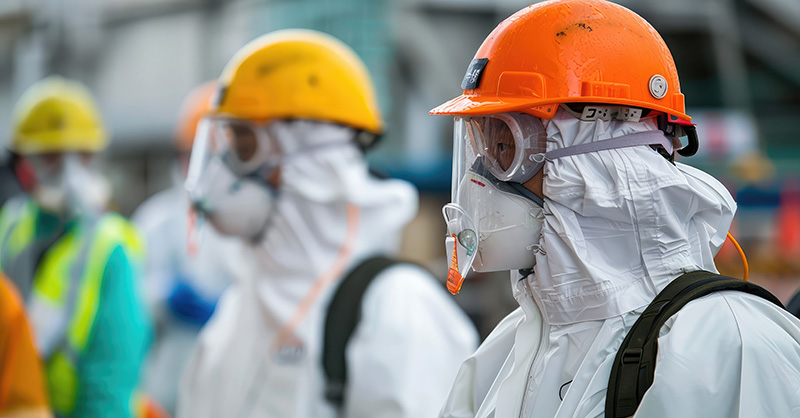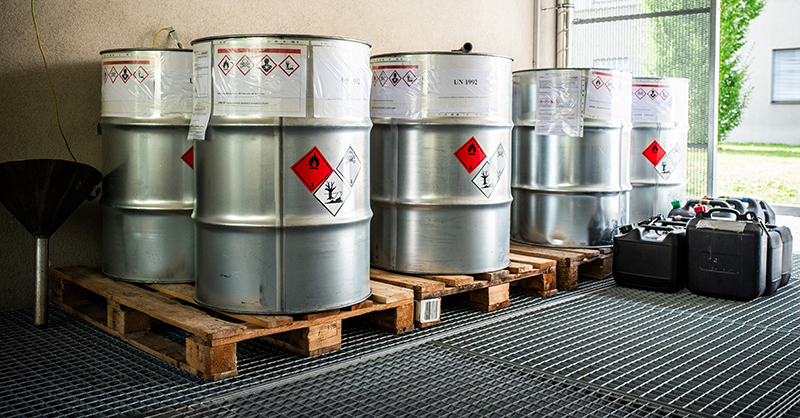Common Electrical Hazards on a Construction Site and How to Help Prevent Them

Electrocution remains a leading cause of fatalities in the construction industry, accounting for 8% of construction-related deaths, according to the U.S. Bureau of Labor Statistics. Prioritizing safety measures is essential for both employers and workers to prevent accidents and save lives.
The Federal Occupational Safety & Health Administration (OSHA) Office of Education and Training has provided information on electrical safety. In this article, we share a quick list of the most common hazards and how to prevent them.
Common Hazards and Electrical Safety Tips to Prevent Them
Remember these safety practices while working on construction sites to minimize electrical risks:
- Lockout/Tag Out (LO/TO)
- The most effective way to prevent electric shock is by eliminating the presence of electricity. However, LO/TO isn’t always feasible since electricity powers equipment and areas on construction sites.
- Overhead Power Lines
- Before any overhead/aerial work, identify power lines, demarcate their location, and maintain safe distances.
- When digging, locate and mark underground electrical lines to avoid accidental contact.
- Inadequate Wiring Hazards
- Using a portable tool with an extension cord that has a wire too small for the tool can be hazardous.
- The tool may draw more current than the cord can handle, leading to overheating and potential fire without tripping the circuit breaker.
- Overload Hazards
- Plugging too many devices into a circuit can cause wires to overheat, potentially leading to fires.
- Insulation melting due to excessive current can cause arcing and fires, even within walls.
- Electrical Protective Devices
- Fuses, circuit breakers, and ground-fault circuit-interrupters (GFCIs) shut off electricity during overloads or ground faults.
- Note that fuses and circuit breakers protect property, not life.
- GFCIs detect current differences between black and white circuit wires, shutting off power rapidly to prevent dangerous shocks.
- Common Grounding Hazards
- Metal parts of electrical wiring systems (switch plates, light fixtures, conduit) should be at zero volts relative to ground.
- Housings of motors, appliances, or tools plugged into improperly grounded circuits can become energized.
- Contact with improperly grounded electrical devices can result in shock.




